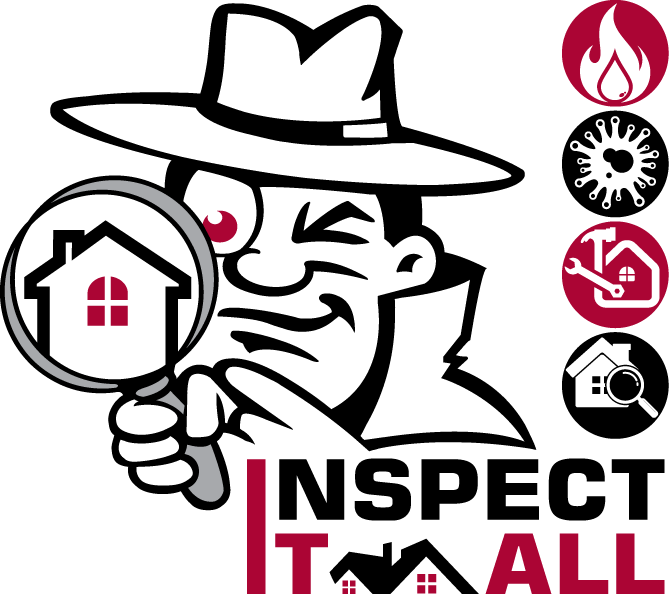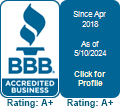Mold Inspections
If it’s there, we’ll find it!
Mold is a fungus, and like all fungi, it thrives in moist places. Mold spreads by emitting spores, microscopic particles often as small as a single cell. Spores float around in the air until they land on a surface. Mold spores are everywhere, outdoors as well as inside your house. It would be practically impossible to remove all mold spores from a house without installing some kind of massive industrial clean room filtration system.
Luckily, mold spores only form mold when they land on a moist surface. That means that if you can keep the interior of your home dry, you can avoid having any problems with mold. The best way to prevent mold in your home is to clean up spills, repair leaks in your roof, plumbing or HVAC system and make sure your kitchen and bathroom are properly venting moisture out of the house.
There are two major reasons to clean up and remove any mold growing in your house: mold damages the surface it is growing on and mold may aggravate allergies or asthma.
If you are researching mold, you might come across different services and costs that list both mold inspection and mold testing. Mold inspection simply identifies the presence of mold and generally defines the size of the problem, usually in square footage.
Mold testing attempts to identify what specific type of mold is in your home and how many mold spores are in the air.
When to inspect for mold
One good thing about mold - if you can see it, you have mold in your house. Seeing mold in the cracks and corners of your walls definitely means it is growing and spreading more spores. Keep in mind that mold may also grow in places you cannot see, such as in your ducts or between your walls. It may also form colonies so tiny they escape the eye. A few situations should make you look for any mold problems in your house.
- Water damage. If your basement flooded, roof leaked, or a broken pipe sprayed water all over the kitchen, you need to inspect for mold. Any place that got wet and was not quickly dried (within 24 to 48 hours) could become contaminated by mold.
- Purchasing a new home. There is no way to know what kind of water damage may have happened in the house you are planning to buy. The only way to find out if mold is present is to do a mold inspection.
- After a house has been unoccupied. If a house has been closed up and unoccupied for months or years, humidity could have built up inside and caused mold to grow. This is especially a problem in warmer areas with high humidity.
- After mold remediation. If you have gone through the often expensive and difficult steps to deal with a mold problem, regular mold inspections are a good idea to make sure you really got rid of it all.
- After mold remediation. If you have gone through the often expensive and difficult steps to deal with a mold problem, regular mold inspections are a good idea to make sure you really got rid of it all.
What happens during a mold inspection?
A mold inspection is, for the most part, a visual inspection of a house. There’s no special equipment involved aside from a good flashlight and tools that are sometimes needed to access restricted areas (like removing grates to inspect HVAC ducts). We also use a thermal imaging camera to look for wet areas and a moisture metre to measure if we find any areas.
Our inspectors will talk to the property owner about any areas where they have seen mold, or where there have been moisture problems or water damage in the past. The inspector will go over the house thoroughly, looking in places known to be prone to mold growth. If there is a chance mold is growing in an inaccessible space, the inspector may have to damage a section of drywall or remove paneling to get a better look. If mold is detected, the inspector will try to find the source of the moisture that is causing the mold.
What happens after the mold inspection?
Once the inspection is complete, the inspector will discuss his findings with the property owner. They then have a couple decisions to make:
- Do further investigations which includes Air testing and bulk tape samples (of visual mold) to determine what type of mold is present and the spore count to determine if your indoor environment is at safe levels
- If you find visual mold and want to go right to remediating – we can form a custom remediation plan for you
Who needs our services?
- If you see visible mold, have a musty smell within your home or place of business
- If you have had long term allergies and want to rule out
- If you suspect water damage or have had a flood
- If you are looking to start renovations on an older property
- If you are looking to purchase a new home or commercial facility






